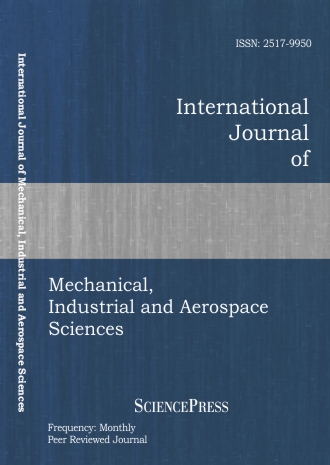
Scholarly
Volume:5, Issue: 6, 2011 Page No: 1163 - 1169
International Journal of Mechanical, Industrial and Aerospace Sciences
ISSN: 2517-9950
Designing of Multi-Agent Rescue Robot: Development and Basic Experiments of Master-Slave Type Rescue Robots
A multi-agent type robot for disaster response in calamity scene is proposed in this paper. The proposed grouped rescue robots can perform cooperative reconnaissance and surveillance to achieve a given rescue mission. The multi-agent rescue of dual set robot consists of one master set and three slave units. The research for this rescue robot system is going to detect at harmful environment where human is unreachable, such as the building is infected with virus or the factory has hazardous liquid in effluent. As a dual set robot, with Bluetooth and communication network, the master set can connect with slave units and send information back to computer by wireless and monitor. Therefore, rescuer can be informed the real-time information in a calamity area. Furthermore, each slave robot is able to obstacle avoidance by ultrasonic sensors, and encodes distance and location by compass. The master robot can integrate every devices information to increase the efficiency of prospected and research unknown area.